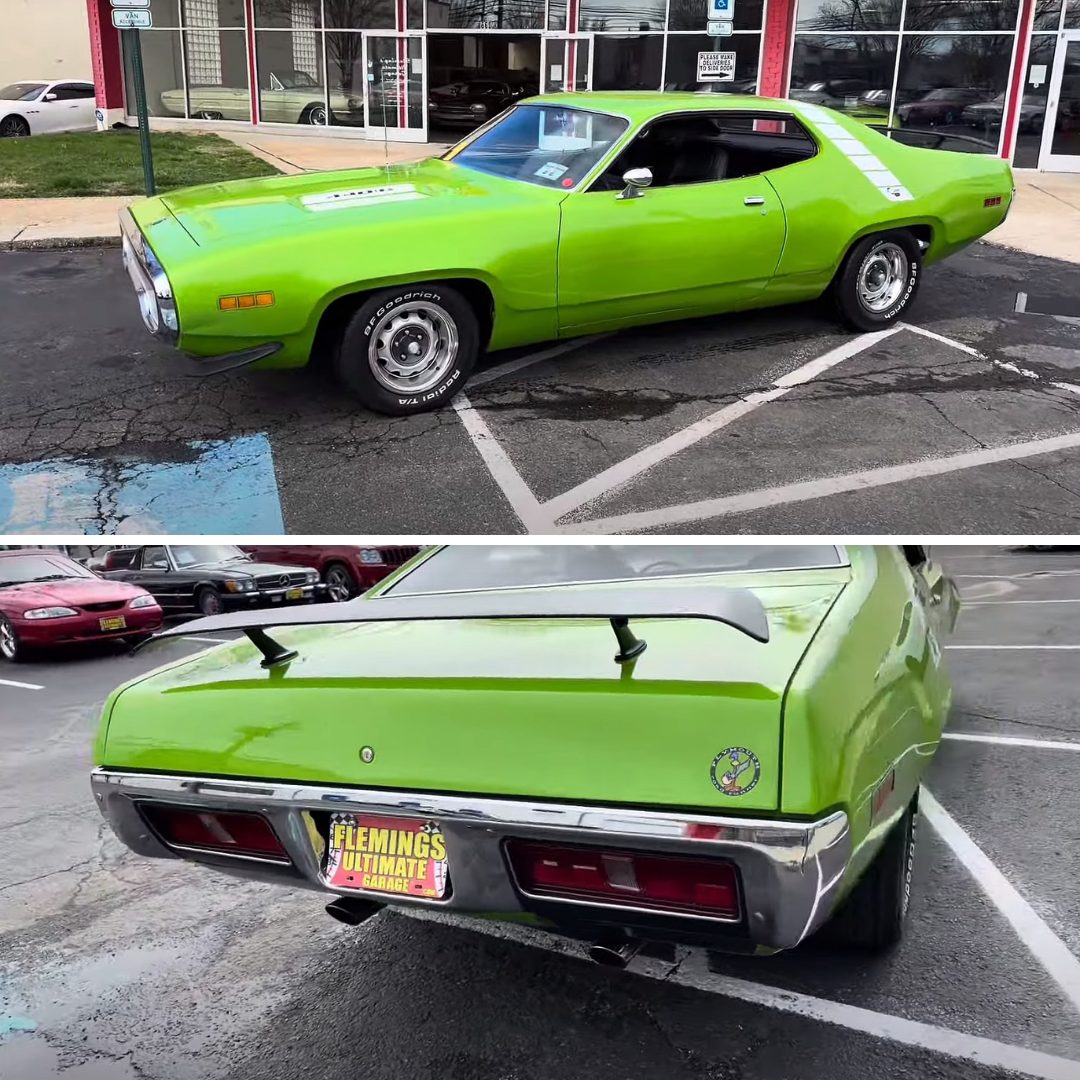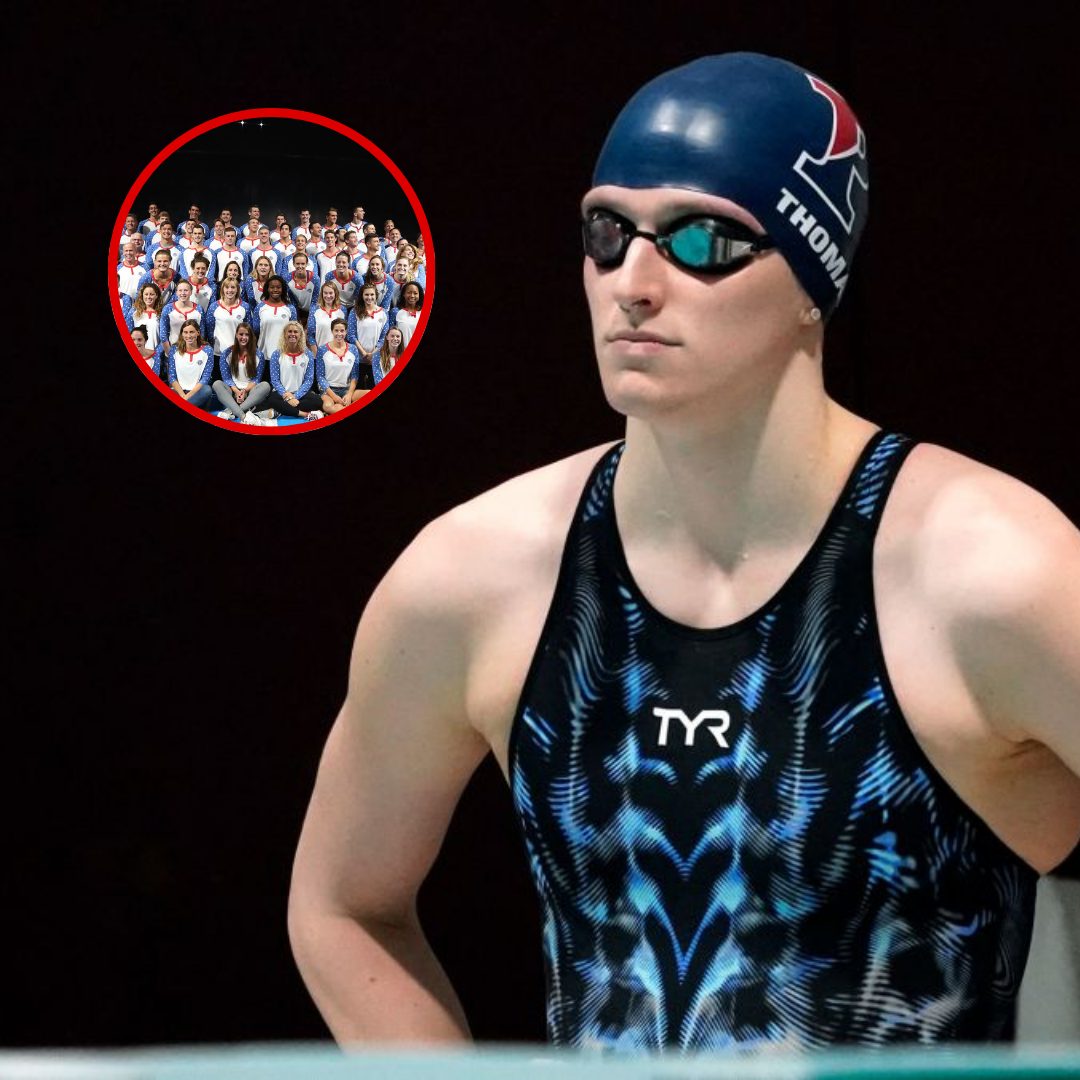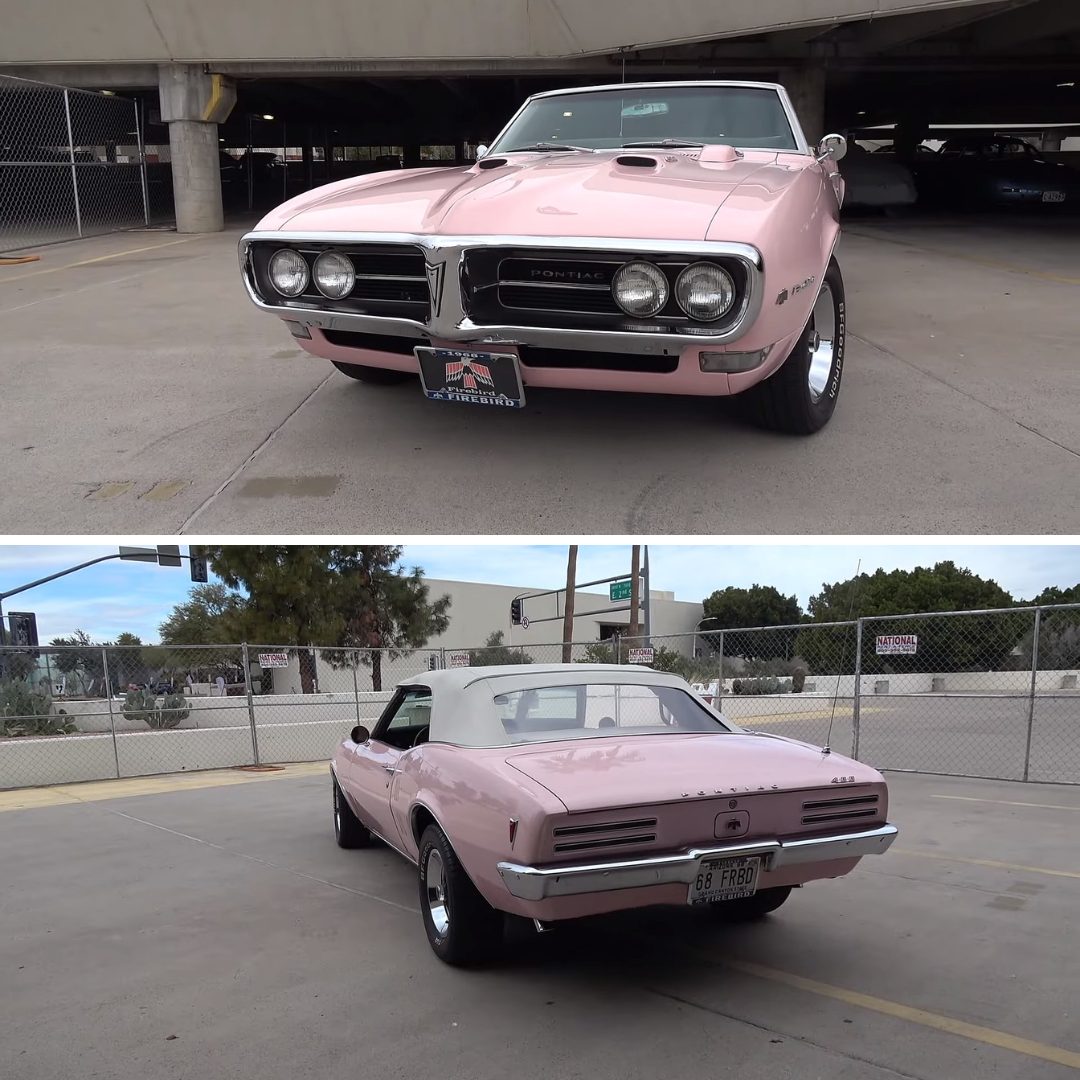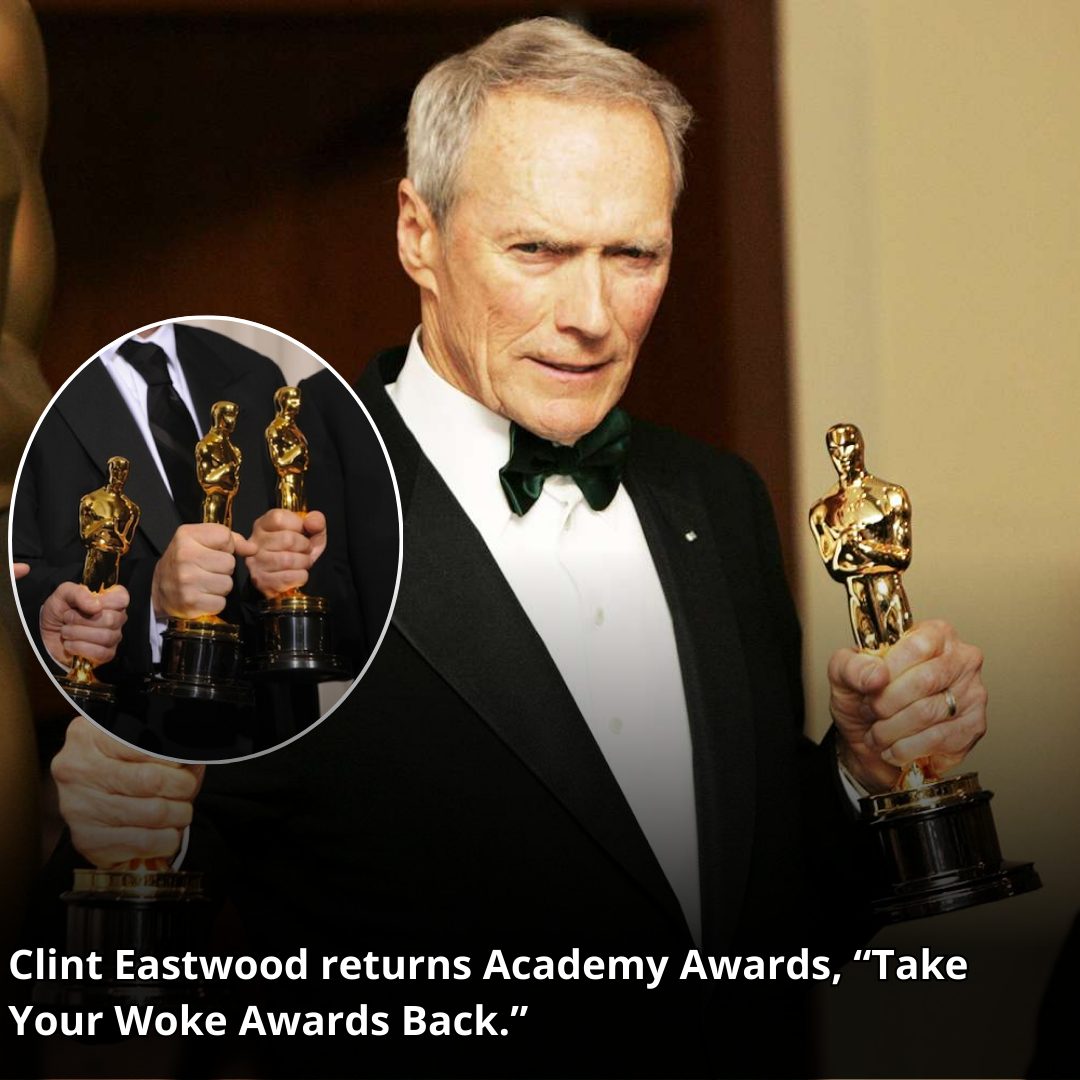On the morning of December 7, 1941, Japanese planes bombed Pearl Harbor, a naval base in the U.S. territory of Hawai’i. The attack 𝓀𝒾𝓁𝓁ed more than 2,400 people, injured 1,000 and damaged many military ships and planes. President Franklin D. Roosevelt, calling the attack “a date which will live in infamy,” used it as a rallying cry for the United States to enter World War II. The day after the bombing, the United States declared war on Japan.
But Hawai’i wasn’t the only U.S. territory that Japan targeted that day. What many Americans remember as the bombing of Pearl Harbor was actually part of a larger coordinated attack by the Japanese Empire on the Asian-Pacific territories of the U.S. and British empires. On the same day as the Pearl Harbor bombing, Japan attacked the U.S. territories of Guam and the Philippines, and the British territories of Hong Kong, Singapore and Malaya (part of present-day Malaysia). It also invaded the independent nation of Thailand.
These attacks were extremely significant to the course of the war. Japan did not at any point occupy the U.S. territory of Hawai’i (which was not yet a state), but did occupy Guam, the Philippines, Hong Kong, Singapore and Malaya, and it successfully pushed Thailand to enter the war on the Axis side. In the case of the Philippines, this occupation lasted for three years, and made the territory a central part of World War II’s Pacific theater.
Expanding the Asia-Pacific Front
World War II was a multifaceted conflict involving empires that were competing for territory and resources. The war began in 1939 when Adolf Hitler invaded Poland in an attempt to build a German empire, which he intended to create through violent anti-Semitism. The Japanese Empire’s attacks on U.S. and British colonial territories in December 1941 were an attempt to assert dominance in the Asia-Pacific region, especially after U.S. sanctions drastically reduced Japan’s oil supply.
“Oil was crucial at that moment,” says Eri Kitada, a doctoral candidate in history at Rutgers University-New Brunswick, who has written about the significance of these attacks. Feeling “cornered” by the U.S. and Britain, she says Japan “panicked” and decided to attack their colonial territories.
On the same day as the Pearl Harbor attack, Japanese planes bombed several U.S. bases in the Philippines, including Clark Field (due to time zone differences, these attacks occurred on December 8 local time). The bombing destroying almost all of a new fleet of P-40 fighters and B-17 bombers, as well as many other military planes. The attack was the beginning of a five-month campaign that 𝓀𝒾𝓁𝓁ed and wounded thousands, including those 𝓀𝒾𝓁𝓁ed in the Bataan Death March of April 1942.
Although FDR did not highlight this attack in his public statements about the Pearl Harbor bombing, the United States took immediate action in the Philippines. In early December, U.S. officials began imprisoning Japanese people living in the Philippines without cause (this was three months before FDR signed an executive order establishing Japanese internment camps). By the end of the month, Japanese military forces freed these civilians.
Fighting between Japanese and U.S. military forces continued until May 1942, when Japan officially began its occupation of the Philippines. By then, Japan had also established occupation of Hong Kong, Malaya, Singapore, Guam and the Dutch East Indies (present-day Indonesia). Southeast Asia and the Pacific were now a major front in the war.
Aftermath and Legacy
The attacks on December 7 and 8 were the beginning of Japan’s massive occupation during World War II, which briefly extended to French Indochina (present-day Vietnam, Laos and Cambodia). Most of the territories that Japan invaded and occupied during World War II remained under Japanese control until the final year of the war, and many scholars see this occupation as a catalyzing event for decolonization movements in these territories.
The United States recaptured Guam, a colonial territory it had acquired from the Spanish-American War, in July 1944. In October of that year, the United States sent General Douglas MacArthur on a campaign to retake the Philippines, another colony it had acquired during that war.
The U.S. campaign to retake the Philippines lasted until August 1945. The United States bombed the Japanese cities of Hiroshima and Nagasaki that month, leading to Japan’s surrender and the official end of World War II.
Guam remained a U.S. territory after the war, and Hawai’i became a state in 1959. But the Philippines was one of over 30 colonial territories in Asia and Africa that won its independence in the decade and a half following the war.






